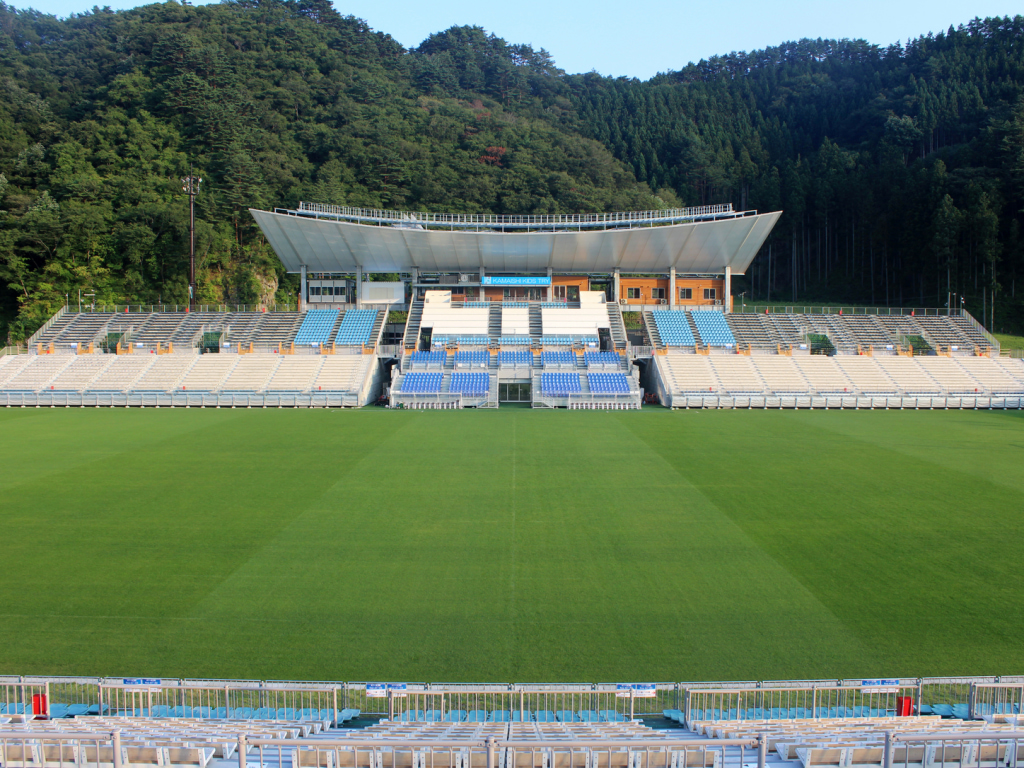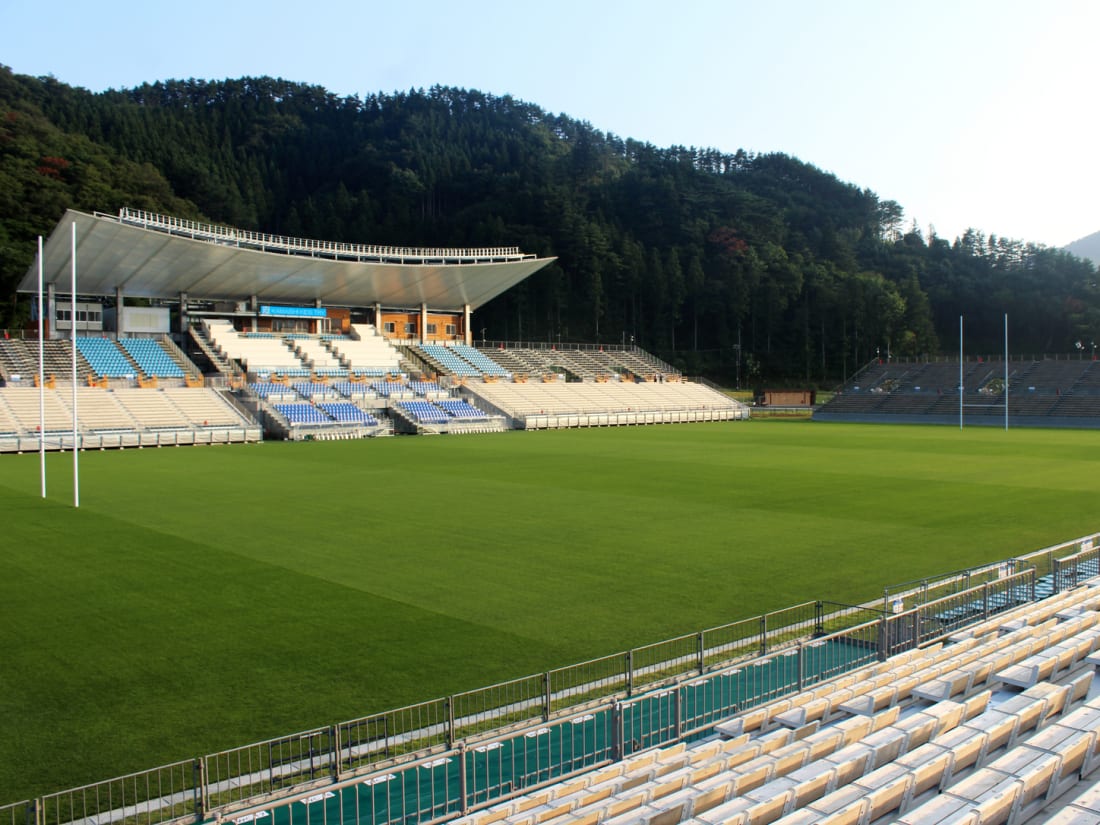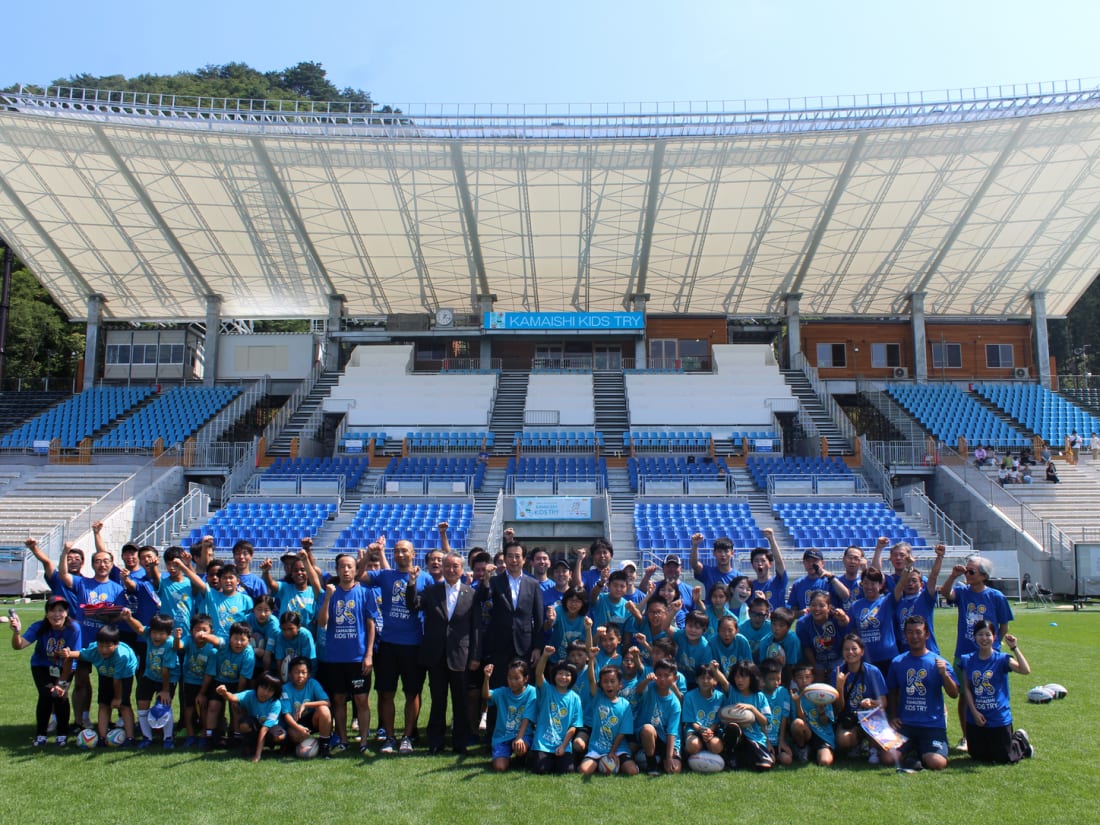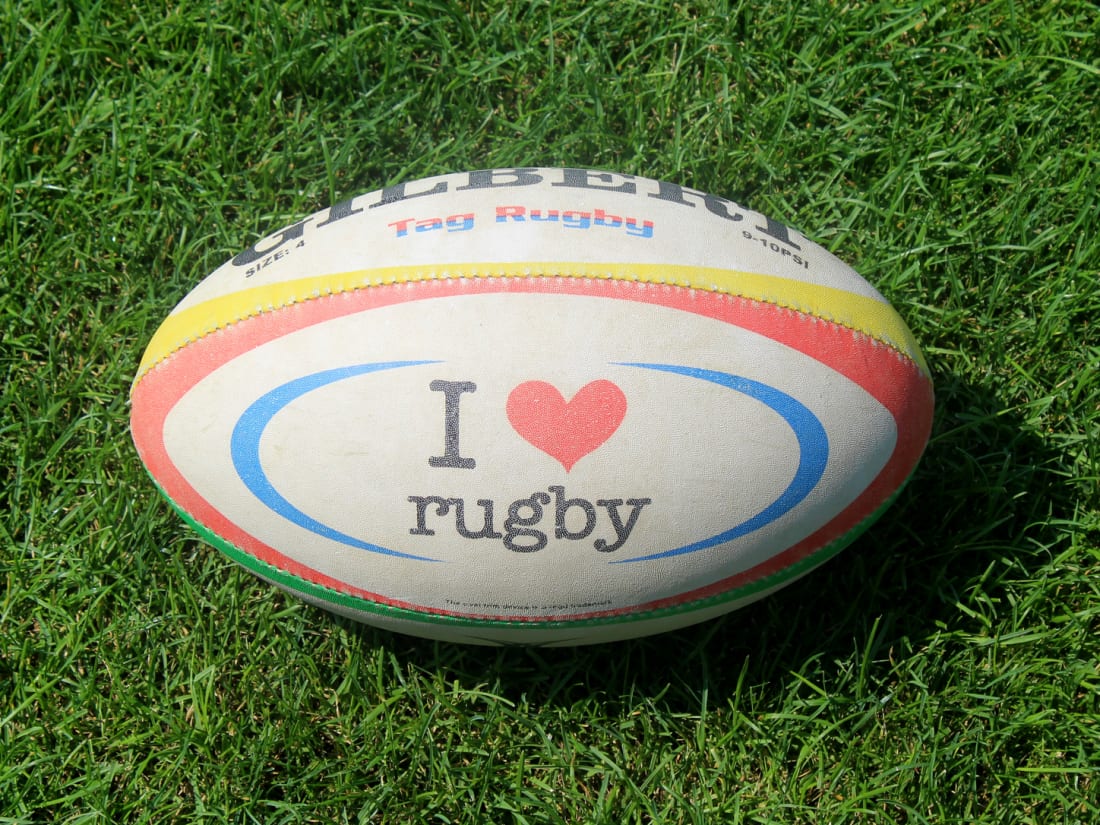On the whole, Japan may not have an established rugby tradition. When you zone-in on isolated pockets of the country, the story takes on a different shape. Kamaishi, a city of barely over 30,000 people on Iwate’s Sanriku rias coast, is an unlikely candidate for a Japanese rugby stronghold, though the events of last eight years – since the devastation caused by the Great East Japan Earthquake of 2011 – have put that argument beyond doubt.
Rugby wove its way into the fabric of Kamaishi’s culture back in 1959, when an association of workers founded the Fuji Iron & Steel Kamaishi Rugby Club (now Kamaishi Seawaves RFC). 20 years later, in 1979, the club won the first of an unprecedented seven back-to-back All-Japan Rugby Football Championships, earning them a nickname as fierce as their reputation: “The Northern Iron Men.” In hindsight, the nickname now stands out as a symbol of the infallible resolve the locals would show in the wake of the 2011 disaster.
The Recovery Efforts
The Great East Japan Earthquake and subsequent tsunami hit on Friday March 11, 2011, just off the Pacific Coast of Tohoku. The disaster wrought destruction across much of the region, with Iwate Prefecture being one of the most adversely affected areas. Kamaishi City was all but flattened – 30% of homes were either damaged or destroyed, 60% of businesses were completely inundated, and 98% of the local fishing fleet was wiped out. The proceeding eight years have been a cumulative recovery effort by the local and national governments to restore the area to its former glory. While great strides have been made, it is set to continue long into the future.
One of the foundational pillars of the recovery in Kamaishi is the city’s love of rugby. In December 2011, just nine months after the disaster, the city’s Reconstruction Master Plan included a bid for Kamaishi to be a Rugby World Cup 2019 host city. It was a valiant effort to unify and raise the spirits of the affected populous.
On November 2, 2017, on a truly momentous occasion for the locals, Kamaishi Recovery Memorial Stadium was officially announced as a Rugby World Cup 2019 venue (just three months after construction began).
The Amphitheater
I visited the stadium during the KAMAISHI KIDS TRY tag rugby and cultural exchange event in August 2019 – one month before the 16,000-seater amphitheatre hosts its first Rugby World Cup encounter.
The first thing that struck me was the isolation; it really is in the middle of nowhere. Constructed on the former site of two destroyed schools on the city’s outskirts, steep-sided hills surmounted by a dense coniferous forest, enwreathe most of the stadium.
The second thing to draw my gaze was the unique concave roof, sweeping above the seats of the main stand. The inspiration for the design came from the image of a bird’s wing combined with the mainsail of a sailboat. A stadium representative tells me: “[The design] marks the huge strides we’ve taken since the earthquake and the fresh start we envisioned in our recovery.”
In spite of the stadium’s relatively diminutive size, the design and location combine to offer a fine setting for watching live rugby.
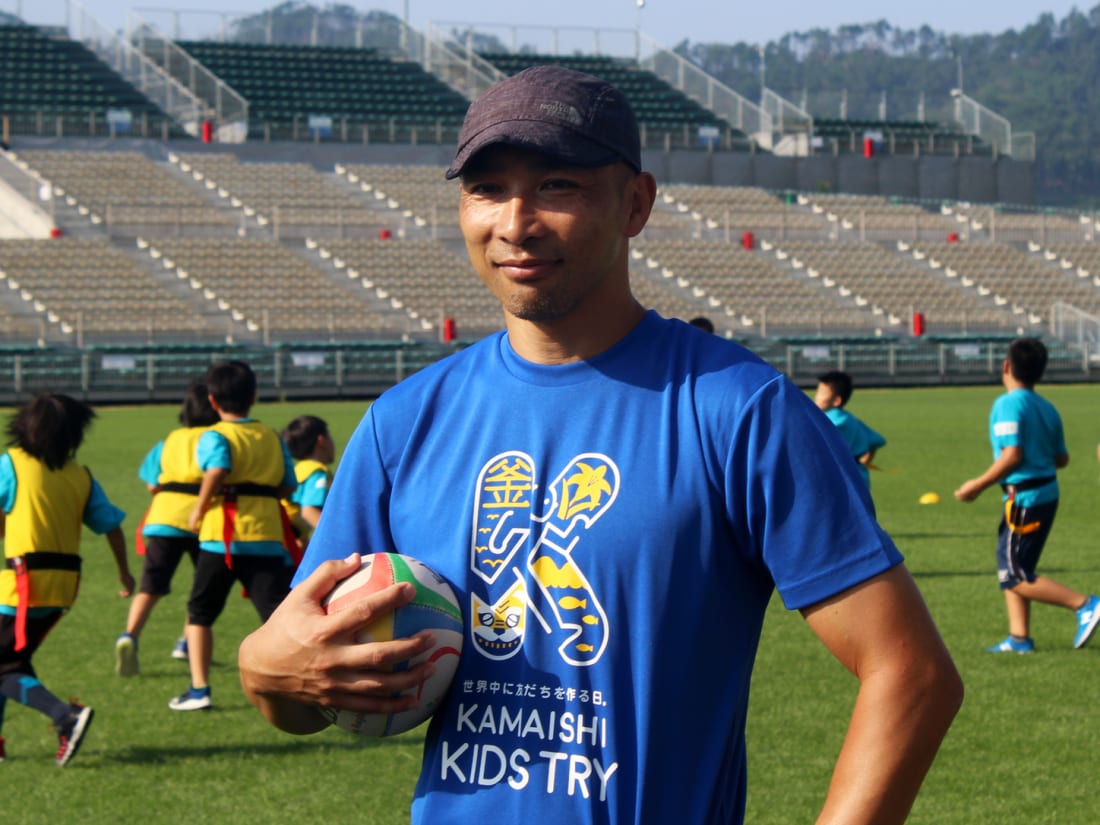
Masatoshi Mukouyama
Heading into RWC 2019
The prevailing belief in Kamaishi is that the essence of a recovery effort is imbedded in human decency and cooperation. During his speech at the KAMAISHI KIDS TRY event, Mayor Noda of Kamaishi describes it as a “great honor” for Kamaishi to host the Rugby World Cup, while maintaining “the importance on human and international relations in the efforts to recovery.”
The organization’s representative director, and former Japan national team player, Masatoshi Mukouyama, echoes this sentiment: “Through sports we like to encourage cultural and personal exchange at all levels, both amateur and professional.”
To that end, it’s fitting that Japan’s first game at the Recovery Memorial Stadium was against one of their closest rugby relatives, Fiji (current Japanese captain, Michael Leitch, is of Fijian descent; as are several other current and former Brave Blossom players). Mayor Noda referred to the game as a “successful test-run” for the stadium, which will stage two World Cup matches this autumn – Fiji vs Russia on September 25 and Namibia vs Canada on October 13.
Kamaishi will also have a dedicated FanZone during the competition, and they are expecting more visits from traveling teams and fans. All these factors combined are expected to inject over 8 billion yen into the local economy.
Moving On
While the past cannot be undone, it’s a cheering thought, that people who stood defiant in the face of adversity, through a shared passion for the sport, can reap the rewards of their solidarity. The collective feeling in Kamaishi is no longer one of despair, but one of genuine hope. A sentiment that was beautifully articulated by a young tsunami survivor during her powerful speech at the stadium’s 2018 opening ceremony:
“I love Kamaishi and I love rugby… [the stadium] is an important place where I’ll be reunited with friends after our long separation… it carries our gratitude and we’ll sail towards the future.”

